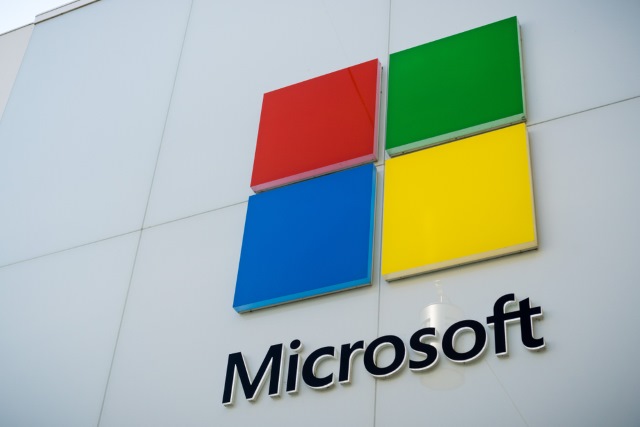
Microsoft releases update that fixes problematic Meltdown patch
As if the Meltdown and Spectre chip vulnerabilities weren't bad enough in their own right, the patches designed to fix them caused a further series of problems. A Swedish researcher recently discovered that Microsoft's Meltdown fixes lowered security in Windows 7 and Windows Server 2008 R2, and now the company has issued a fix.
As the new patch is being released outside of the usual schedule, it is indicative of the importance of the security update. KB4100480 is a kernel update for Windows 7 Service Pack 1 and Windows Server 2008 R2 Service Pack 1 that addresses CVE-2018-1038 problems.

Meltdown patches from Microsoft made Windows 7 and Windows Server 2008 less secure
If you're running Windows 7 and you've not yet installed the March updates, now is very much the time to do so. It turns out that the Meltdown patches released in January and February actually opened up a security hole in both Windows 7 and Windows Server 2008 R2.
A Swedish security researcher found that the patches changed access permissions for kernel memory, making it possible for anyone to read from and write to user processes, gain admin rights and modify data in memory.

Download Windows Server 2019 preview ahead of the launch later this year
Microsoft has revealed details about the upcoming Windows Server 2019. Due for release later in the year, there's a preview available for download right now, giving users the chance to try out the new features, including Linux and Kubernetes support.
Announcing the availability of the build to Windows Insiders, Dona Sarkar said that Microsoft is "pleased to release the first build of the Windows Server 2019 Long-Term Servicing Channel (LTSC) release that contains both the Desktop Experience as well as Server Core in all 18 server languages, as well as the first build of the next Windows Server Semi-Annual Channel release."

Microsoft releases Windows Server Insider Preview Build 16267, but forgets to add new features
The Windows Insiders program is both cool and annoying. It is cool because it lets enthusiast users experience new Windows features and contribute feedback to make the operating system better. It is a bit annoying, as these testers aren't paid for their volunteer efforts. Even worse, the Insider builds will seemingly never end, meaning some users will forever be using an unstable operating system. Yes, that is their choice, but sometimes people can't help themselves. Hell, it can be argued that their feedback is tainted, as they are maybe never really experiencing the stable releases.
Microsoft has chosen to expand the Insiders program to Windows Server too. Today, the company pushes out Server Preview Build 16267, but there is something weird -- the company forgot to include any new features! In fact, the announcement literally says "There are no new features in build 16267." OK, yes, I am being facetious (and a bit snarky) when I say Microsoft "forgot" to include features, as technically updates and fixes alone are worthy of a new build. Still, for all the effort put in by the testers, a feature or two would be appreciated -- throw em' a friggin' bone!

Windows Server containers get native support on Red Hat OpenShift
Microsoft and Red Hat have a longstanding enterprise cloud partnership, and today the two tech giants reveal an expansion which sees Windows Server containers receiving native support on the OpenShift platform.
Support for Windows Server containers on OpenShift will first be available as a Technology Preview next spring, before reaching general availability later down the road.
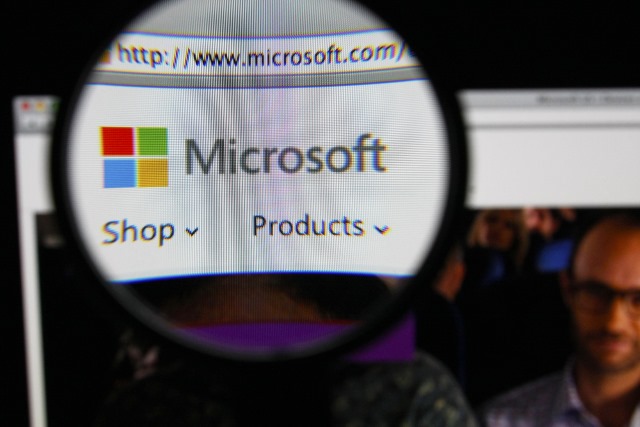
Microsoft releases first of two Windows Server Insider builds in 2017
Microsoft is delivering on its plan to bring two updates per year to Windows Server and the company has revealed the first-ever Insider build of the operating system.
Users who are registered with a corporate Active Directory credential can download Windows Server Insider Preview Build 16237. Microsoft has made sure that this update adds many new features that highlight the company's interest in microservices and containers.
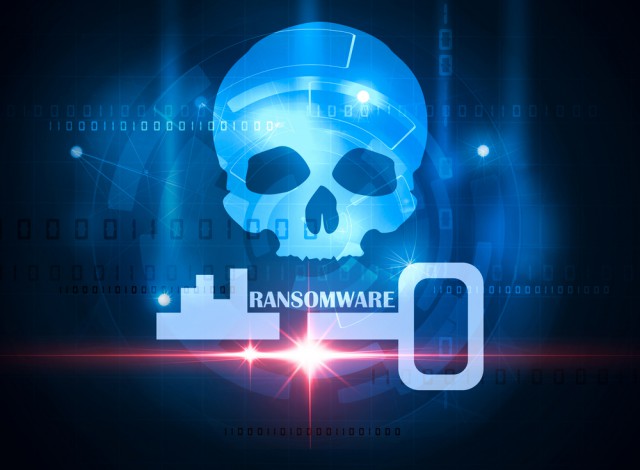
WannaCry: How to recover encrypted files
The WannaCry ransomware has made a huge mess across the globe, affecting hundreds of thousands of PCs, including critical devices in the healthcare sector. It is so dangerous that Microsoft released a public patch for Windows XP, after it dropped support three years ago.
Of course, the patch did not stop Windows XP users from getting infected, but, thankfully, a decryption tool, called WannaKey, is now available and should help recover your locked files. And the good news is that it works on other operating systems too, including Windows 7 (the x86 version, anyway) and Windows Server 2008!
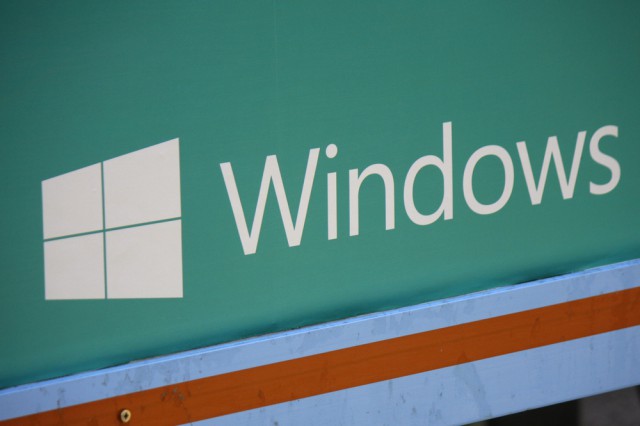
Microsoft patches Windows flaw reported by Google
Microsoft has kept its promise and delivered a vulnerability patch for its Windows operating system, for a flaw, revealed by Google, which allowed attackers to gain full control of a targeted system.
Releasing the details in a security bulletin, Microsoft says the flaw in the Windows kernel "could allow elevation of privilege if an attack logs onto an affected system and runs a specially crafted application that could exploit the vulnerabilities".

Microsoft Q1 FY2017 by the numbers: $22.34 billion revenue, $5.98 billion profit
Microsoft has posted its earnings for Q1 FY2017 (Q3 CY2016), revealing revenue of $22.34 billion, operating income of $7.1 billion, net income of $5.98 billion, and earnings per share of $0.76 cents. The software giant beat analyst expectations of $21.71 billion in revenue and EPS of $0.68. The stock is up around 5.5 percent over yesterday, with shares trading at over $60 -- a record value for the company.
How do the latest numbers compare to Q1 FY2016? A year ago Microsoft reported revenue of $21.66 billion, operating income of $7.07 billion, net income of $5.66 billion and EPS of $0.70. So the revenue, operating income, net income, and EPS are up.

Microsoft creates Secure Boot backdoor, leaks golden keys
Microsoft has created a backdoor in Secure Boot, the security feature designed to ensure that a device can only run the operating system that it is meant to. And, to make matters worse, it has just accidentally leaked the "golden keys" needed to bypass it.
The Secure Boot backdoor is there to, for instance, allow a Microsoft developer to install a new build of Windows on a device -- that has the security feature enforced -- without it having to be digitally signed beforehand. It makes their job easy, but it also makes the security system ineffective if -- when -- the golden keys that unlock it make their way into the wrong hands.

Microsoft celebrates the 20th anniversary of Windows Server
With strange serendipitous timing, just as the free upgrade period for Windows 10 is coming to an end, Microsoft is also celebrating the 20th anniversary of Windows Server. Way back in 1996, the company unleashed Windows NT 4.0 Server onto an unsuspecting world. The rest, as they say, is history.
Described as the operating system that would 'knock the socks of Unix' Windows NT 4.0 Server stuck around for four years before being replaced by the enterprise-specific Windows 2000 Server. With laughably low system requirements -- 133 MHz CPU, 32 MB RAM and 1 GB of disk space -- this was the start of a journey incorporating centralization and security.
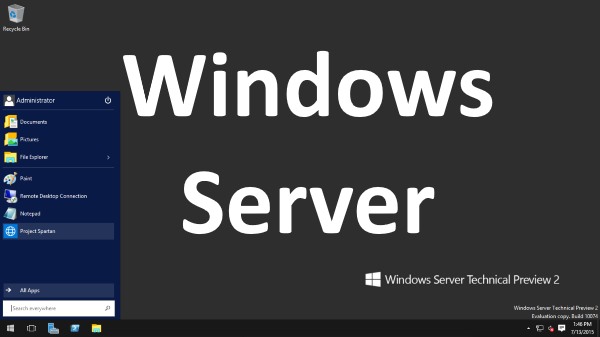
Windows 10 RSAT and Windows Server 2016 Technical Preview 3 coming this month
Microsoft's Gabe Aul has revealed that the company plans to release a new technical preview of Windows Server 2016 later this month. Responding to questions on Twitter, the company's Corporate Vice President and face of the Windows Insider program also said that Windows 10 RSAT will be launched in August.
Unlike the preview builds of Windows 10, previews of the latest edition of Windows Server have been slower to creep out of Redmond. Sysadmins will be keen to get their hands on the latest builds to see just what direction Microsoft is taking with its server software after the decision to delay the launch.
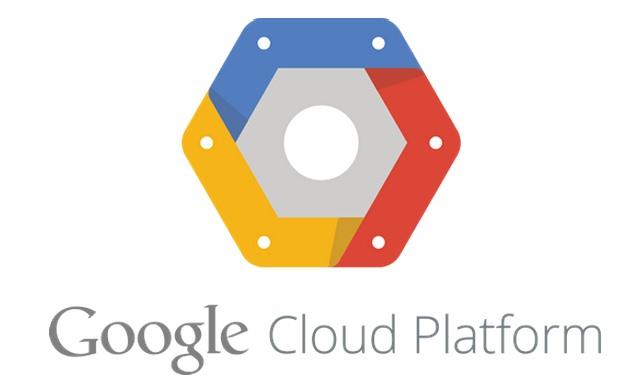
Google Cloud Platform gains Windows Server support
For a long time, Google Cloud Platform has been a Linux-only affair. Now that has changed. Recognizing that many of its customers work in mixed platform environments, Google has added Windows Server support into the mix.
Specifically, Windows Server 2008 R2 and Windows Server 2012 R2 are now supported, after seven months of beta support. During the beta period, Google made a number of Windows-specific tweaks to the Compute Engine virtualization stack.

Don't put your business at risk by continuing to use Windows Server 2003
One constant in the technology industry is that technology continues to evolve at a rate that many find it difficult to keep up with. Microsoft, for example, is currently busy promoting the launch of its latest desktop operating system (OS) -- Windows 10 -- that will be available from July 29 in 190 markets around the world. The company’s expectations are high, with it professing a goal of putting Windows 10 on a billion devices within two to three years.
As with its desktop OS, Microsoft’s Server solutions are also at a turning point, with countless businesses around the world facing up to the stark reality that as one server version comes into being; support for another one will drop by the wayside; now it’s the turn of Windows Server 2003. But managing any migration is not for the faint hearted.

Windows Server 2003 still used on many servers, despite approaching end-of-support
A large number of organizations are continuing to use Windows Server 2003, despite Microsoft announcing that support for the operating system will cease in less than a month.
According to a recent study by Softchoice, 21 percent of servers were still operating the OS in the first half of 2015, a fall of 11 percent compared with the same period twelve months ago.
